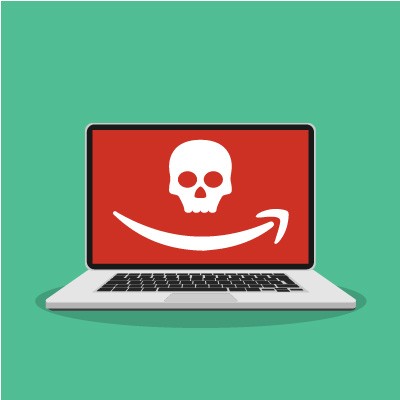Aniar Blog
Of all the technologies currently used by businesses, the Internet is a strong contender for the most important. Regardless of their size, many businesses invest thousands each month into online Software-as-a-Service solutions as a means of more affordably equipping their users. Let’s talk for a moment about another cloud platform that has seen some advancement: Infrastructure-as-a-Service.
There is no denying that the COVID-19 pandemic has caused some major operational shifts in how most businesses conduct themselves and their processes, with many of these shifts relying on technology solutions. While there’s still no telling for certain how much longer these conditions will persist, we predict that many businesses won’t abandon these solutions once the present danger has passed. Let’s discuss why we have this expectation.
Okay, time for some real talk: There is no denying that 2020 has held a few unique challenges for everyone who runs a business. Economic challenges, political tensions, and an honest-to-goodness pandemic have all thrown us all for a loop. As a result, it is important that businesses all adjust their technology priorities to survive. Let’s discuss these priorities, and how they will need to shift.
If your procedures and policies aren’t currently documented, they need to be. A written policy and procedure guide can help keep your team up-to-speed on the expectations that you have of them. Consider it a quick and easy reference for your employees to use to answer their questions. In light of this, here’s some tips to keep in mind as you put together your business’ employee handbook.
When a budget comes into play, it is important to remember that there are a few ways that you can adjust it beyond eliminating line items. For instance, you can instead optimize some of the most egregious financial requirements your technology has--its support costs--by translating the unpredictably variable costs you likely deal with now for your support, to the much more sustainable agreement that a managed service provider will operate through.
In 2018, Amazon was struck by a considerable attack, with hackers taking funds from approximately 100 seller accounts, according to a Bloomberg report. Between May and October 2018, Amazon sellers were struck approximately 100 times, draining funds from the seller control platform to augment their own funds. According to the investigation, the first fraudulent transaction took place on May 16, 2018, with an undisclosed amount being stolen. The hackers utilized phishing attacks in order to scam their targets.
When considering a business’ strengths, there is a tendency to focus on its more quantifiable aspects - it generates x dollars in revenue, or leverages advanced solutions a, b, and c. While these kinds of competitive advantages are valuable to have, it is also important to recognize how critical one of your more qualifiable strengths can be: your company culture.
As nice as it would be to always please everybody with your business services, it just isn’t going to happen. Sooner or later, you’re going to encounter someone who isn’t pleased, and they’re going to have the capability to do some damage to your reputation. Fortunately, there is a way you can mitigate this damage.
While running a business can be quite rewarding on a professional level, it can be extremely challenging, with countless obstacles to overcome--particularly in regard to technology and its management. Thankfully, there are ways your business can minimize the pain of managing technology. Here are just a few of them.
Technology is an easy thing to take for granted, especially in an office that has countless solutions that are utilized on a regular basis. It doesn’t matter if you’re a small retail establishment, a large organization with multiple offices, or a factory to produce consumer items. Today, we’ll look at the various ways your business is changed for the better thanks to the use of technology.
As the technology that businesses have available to them develops, so does the propensity for this technology to be used unethically. This has become especially apparent where data collection is concerned, and what that data is used for after it has been collected. How can you keep operations moving both productively, and ethically?
Almost everyone has, at one time, worked with someone with whom their personality clashed, whether they did not get along or just didn’t work effectively together. While this is a perfectly natural phenomenon of both nature and nurturing, it is best to put personal differences aside when forming a professional relationship with a coworker.
If there is one thing that supports everything a successful business does, it has to be communication. Any company relies on its communications to ensure that its clients are satisfied with their services, and as communications have improved, it has only become easier for a unified communication and collaboration, or UCC, strategy to take form.
In a business, some jobs belong to certain people: managers make sure that work is done when it needs to be, human resources make sure the workforce is accounted for, and so on. However, some jobs belong to everyone in the modern workplace who works with technology, For our tip of the week, we’ll go over some of these shared responsibilities.

















